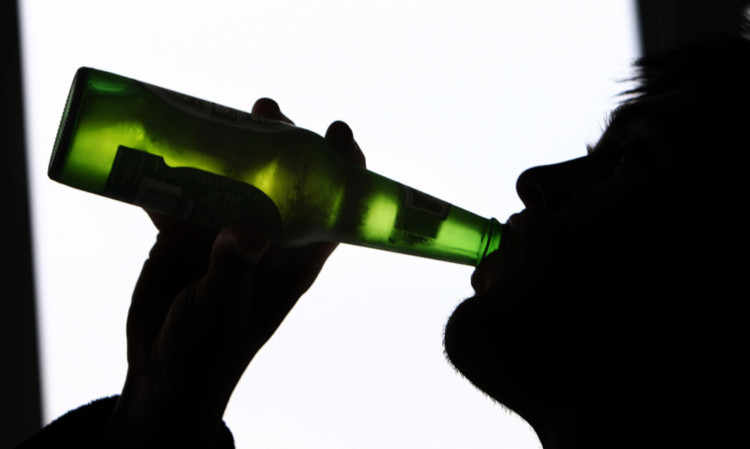A drug which reduces alcohol cravings and can help alcoholics cut down on their drinking has been licensed for use in Scotland.
Nalmefene, marketed as Selincro, has been recommended for use by the Scottish Medicines Consortium (SMC), who have decided it is good value for money at a cost of around £3 per daily pill to the NHS.
There are about 189,000 alcohol-dependent people in Scotland that are currently going untreated, according to research funded by the Scottish Government.
Studies show that alcohol abuse is higher in Scotland than in the rest of the UK, with twice as many deaths per head, about a fifth more alcohol consumed by volume per head, rates of dependence a third higher and chronic liver disease and cirrhosis rising faster than in England and Wales.
Nalmefene blocks opiate receptors in the brain, reducing cravings in alcohol-dependent drinkers and thus reducing alcohol consumption, according to the SMC.
Professor Jonathan Chick, consultant psychiatrist and honorary professor at Queen Margaret University Hospital in Edinburgh, said: “Nalmefene represents a new option for treating some people with alcohol dependence by helping them to cut down their drinking when they may not be ready, or have no medical need, to give up alcohol altogether.
“This may help us to engage the many alcohol-dependent patients that we know are not currently receiving help. The range of people who put themselves at risk through their drinking is quite wide.
“Some have not met social problems and are functioning well until they develop an alcohol-related physical illness such as high blood pressure, cancer or liver disease, while others lose their social supports and then tend to fit the stereotype of the ‘alcoholic’.
“Reducing alcohol consumption can prevent these social and physical damages developing, but the changes in the brain of the dependent drinker may make that difficult and help is needed.”
Ian Semmons, chairman of Action on Pain, said: “We know that chronic pain leads some people to have major problems with alcohol.
“We also know that cutting down on unhealthy alcohol consumption is a vital step in reducing the risk of many serious, long-term illnesses including liver disease, cancer, high blood pressure, depression and cardiovascular disease.
“This is particularly important for Scotland where alcohol-related death rates are among the highest in Europe and have doubled in the last 15 years.”
Steve Turley, managing director at Selincro manufacturers Lundbeck, said: “We are delighted that the SMC has acknowledged the clinical and cost effectiveness of nalmefene in the management of alcohol dependence in Scotland.
“We sincerely hope that appropriate dependent patients will now be able to access this effective medicine to help them to reduce their alcohol consumption.”
